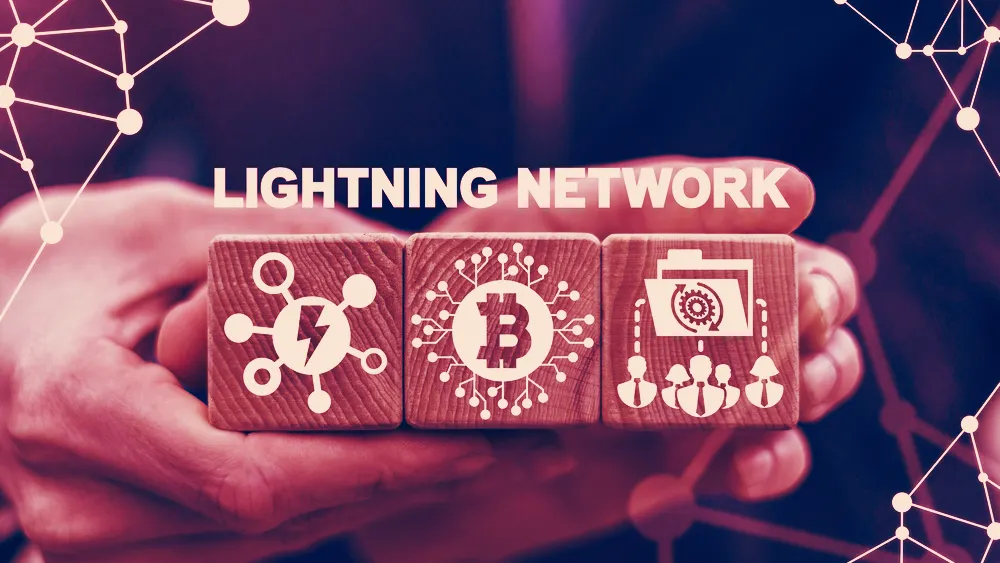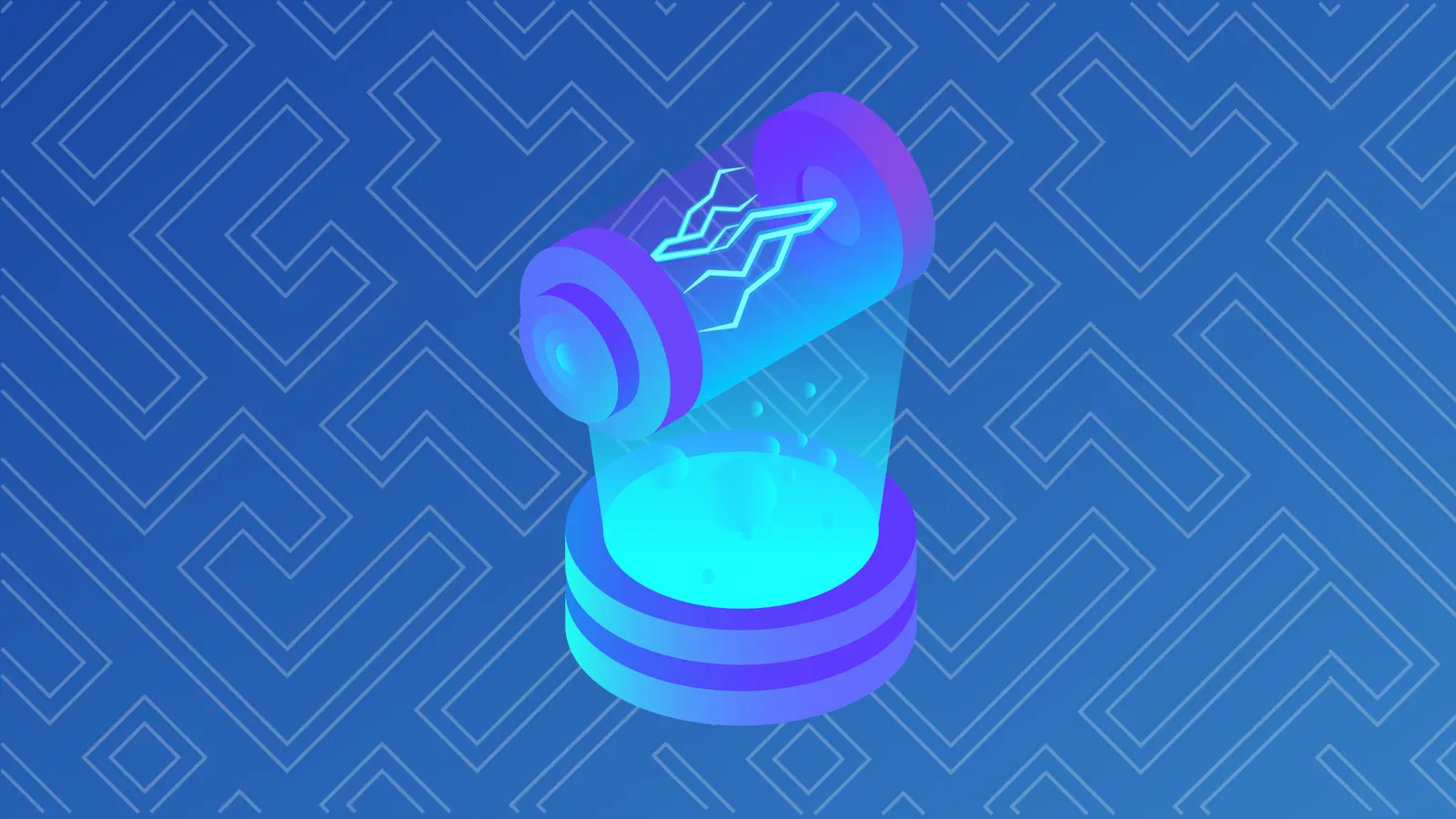In brief
- Lightning Labs has released v0.10 of its LND software, one of the most popular Lightning Network implementations.
- The update beefs up LND’s max channel capacity, quadrupling the amount of Bitcoin that can be locked into channels.
- It also sets the groundwork for better payment routing and improved channel infrastructure.
San Francisco-based Lightning Labs has released the v0.10-beta of its LND software, one of the principal iterations of Bitcoin’s Lightning Network.
The update focuses on improvements to routing efficiency, channel database architecture and features involving opening and closing channels on the network. All of these additions are working to make routing lightning payments more efficient and to make lightning channel infrastructure more reliable.
The Lightning Network is a second-layer solution built on top of the BitcoinBitcoin network which allows for much faster and cheaper payments than could otherwise be done with Bitcoin. But, before this update, the amount of Bitcoin users could lock in channels was pretty limited. Among other problems, this causes friction when routing transactions.
What is the Lightning Network? Bitcoin's Scalability Solution.
Bitcoin has been hampered by its own popularity. Thanks to the way the blockchain is designed, the speed of transactions is slow and the cost of transactions has increased. Researchers, developers, and the Bitcoin community have been trying to come up with a way of allowing Bitcoin—and other cryptocurrencies—to accommodate more transactions. Their best efforts to date have focused around something called the Lightning Network. Can it fix the cryptocurrency's scaling problems? Speed and cost A bl...
One of the primary benefits of this upgrade comes in the form of multi-path payments, a method that could improve routing efficiency and, more concretely, quadruples the maximum amount of Bitcoin LND lets users lock into channels, and thus providing channels with more liquidity.
“A related change is the lifting of the maximum invoice size, which was previously 4.2 million satoshis (0.042 BTC)...[to] 16.7 million satoshis (0.167 BTC.),” the company’s announcement read.
It also includes support for partially signed bitcoin transactions (PSBT)—a cryptographic trick primarily used by hardware wallets to sign transactions on the device without exposing the key to a computer.
With PSBT support, LND users running their own node will be able to open new lightning channels directly from their hardware wallets. Inaccessible before, this simple function will open up possibilities for users to link their Lightning Network channels to their cold storage or multi-signature setups.
This updated version of the software also revamps how LND settles a channel when it closes. (Note: Lightning Network transactions take place off Bitcoin’s blockchain, so the settlement is deferred until the channel closes.)
Originally, LND was designed so users had to agree on a fee beforehand; this is typically not an issue, though for channels that are open for extended periods of time (or when Bitcoin’s price and onchain volume are rocked by volatility), this can cause issues for channel closings if a fee is, for example, too low.
Changes to this “anchor-commitment format” will make this process more dynamic, allowing users to submit a revised fee after a channel closes if needed.
“This new anchor commitment format should enable fee savings as well as more reliable channel closes,” the Lightning Labs post read, though it cautioned that it is still “in the experimental stage” and hasn’t been finalized yet.

Wallet balances on Bitcoin's Lightning Network aren't private, new report says
How easy is it to reveal people's wallet balances on Bitcoin’s Lightning Network? The Lightning Network, a second-layer technology stack built atop Bitcoin, is typically billed as a transaction speed and privacy upgrade for Bitcoin. Think instant settlement instead of having to wait 10 to 60 minutes for confirmation. On the privacy front, payments are settled peer-to-peer with actors on the secondary network. Since the transactions aren’t immediately settled on Bitcoin’s primary network, they're...
With this update, Lightning Labs is looking forward to bigger projects, as well. One of these, for instance, will be a feature which provides node operators with “multiple copies of channel databases that can seamlessly resume transaction processing in case of an unexpected failure.” The new version is laying the base for this database, which could be a boon for Lightning service providers and node operators if it improves routing efficiency and makes infrastructure more robust.
The Lightning Network hit an all time high capacity of 1,080 BTC in April of 2019, and the current number of Bitcoin locked in channels is 955—though this number could be much higher, since these figures only account for public nodes, not private nodes. The total number of nodes with active channels is just over 6,800.




